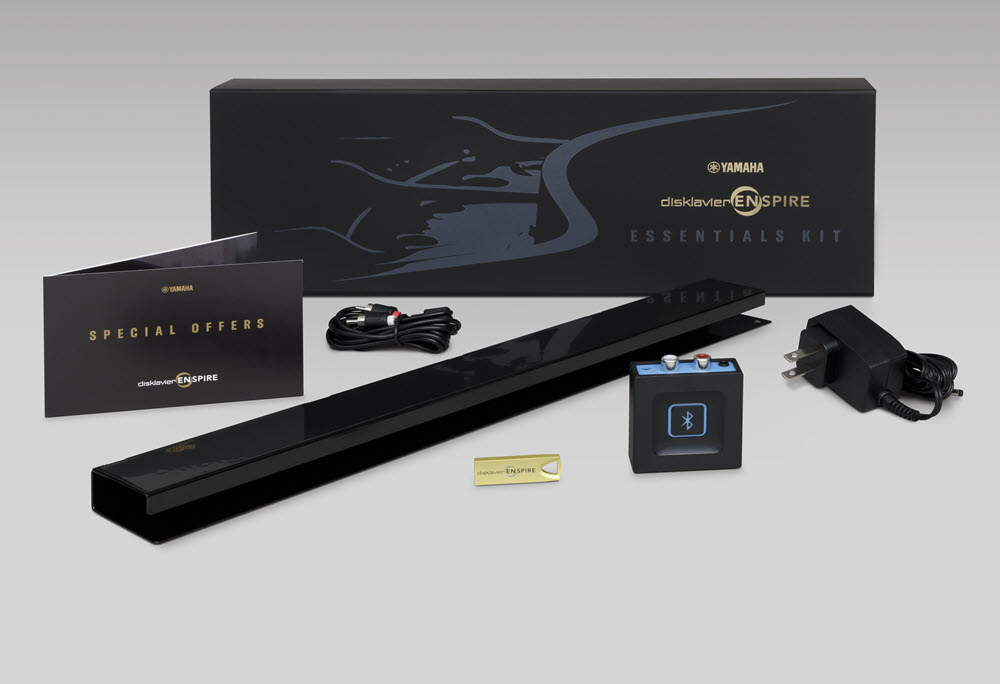Four Metronome Exercises for Developing Timing Skills
Learn to interact with your metronome, not just listen to it.
Musicians are supposed to have good timing. But do you just practice with your metronome or do you interact with it during your practice sessions?
Correctly used, a metronome should act as an accompaniment partner. In this article, I’ll offer four exercises to help improve your timing while using a metronome.
There are many different kinds of metronomes and they come in all shapes and sizes, including classic pendulum and digital models; many musicians use an app on their phone for that purpose. It really doesn’t matter what kind of metronome you own. You just need to make sure you have one and that you use it regularly.
A Metronome Is Not Just Something To Listen To
Most people use the metronome only as a passive device — in other words, something to listen to — and it’s true that most musicians need to be able to play along with one, especially in studio settings when you are playing along to a click track. But if you have difficulties playing in time when there isn’t a metronome or click track accompanying you, the reason may be that you have only developed your listening skills, not your timing skills.
Strategies for Developing Timing
In order to effectively develop timing skills, you need to add space between metronome clicks. Here are four strategies for doing so in conjunction with this downloadable exercise sheet. As you continue to work on your timing, be sure you practice this worksheet at different tempos:
1) Add space between beats
– Instead of having 4 clicks in a 4/4 measure, put your metronome on half notes and have two clicks per measure.
– Set the click to just the downbeat of the measure.
– Set the click to the downbeat of every other measure or every 4 measures.
2) Moveable pulse
– If you are using half notes as your pulse, practice with the half notes on 1 and 3 as well as 2 and 4.
– If you have one click per measure, move the click to start on beat 2 of the measure instead of the downbeat.
– Put the metronome on quarter notes, but when you start your phrase, think of the click as being on the “ands” of the beat instead of the downbeats.
3) Create subtractive loops or patterns
– Program a loop into a sequencer program (such as GarageBand or Cubase, etc.) and create a 4-bar loop. On the fourth bar, instead of having a measure of groove, leave it blank.
– Next, practice with two bars of groove and then two bars of space.
4) Put space between your metronome and your instrument
– Put the metronome on the other side of the room with a recording device. The metronome should be loud enough so that you can hear it when you are not playing. Once you start playing, you should only be able to hear yourself and not the metronome. Play back the performance on your recording device and listen to how well you performed with the metronome. I have found this approach especially beneficial when practicing excerpts.
Once you start thinking about your metronome as an accompaniment partner instead of always being a dictator (“you will always play on every beat with me”), your timing skills will begin to blossom!
Click here for more information about Yamaha classic pendulum metronomes.
Click here for more information about the Yamaha ME-55BK clip-on digital metronome.
















